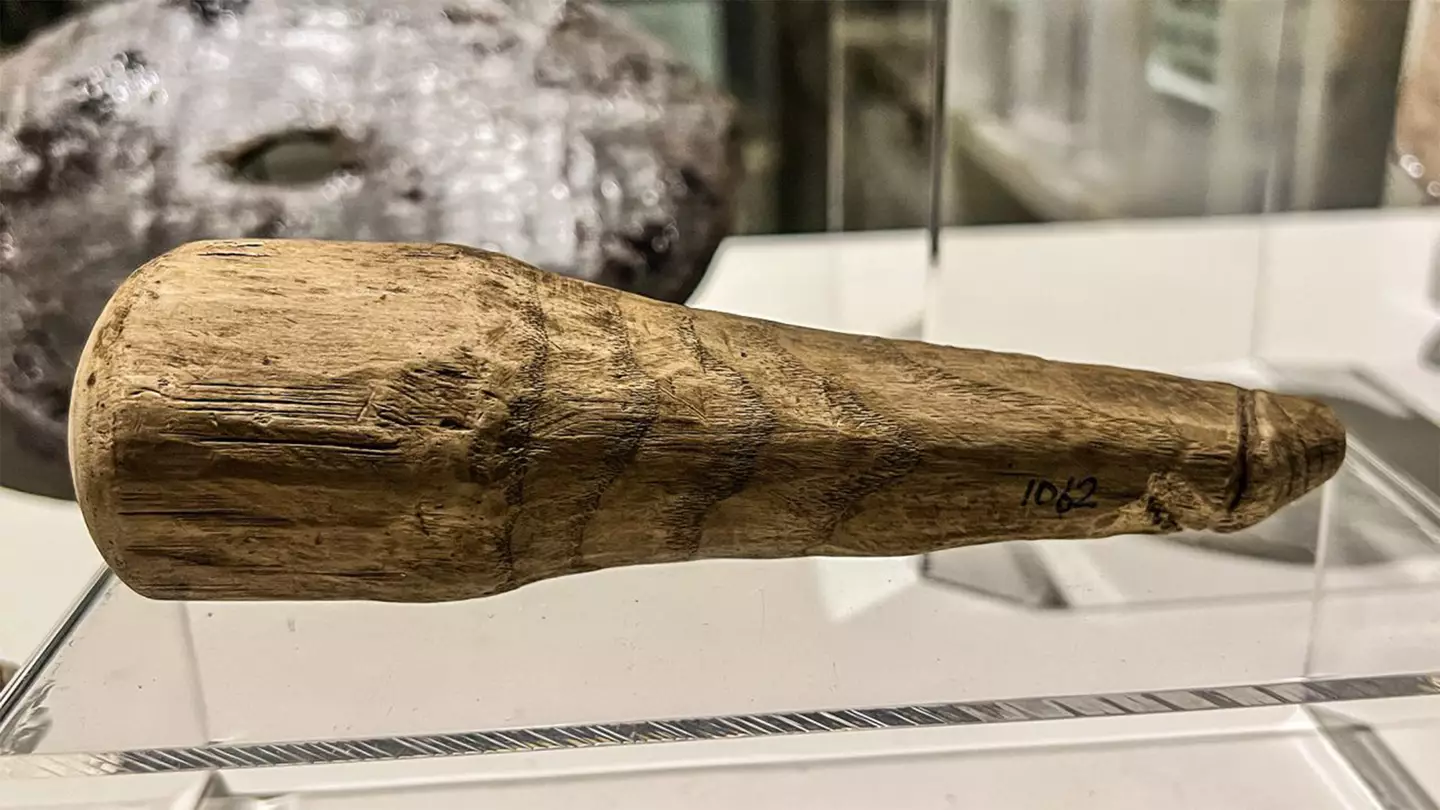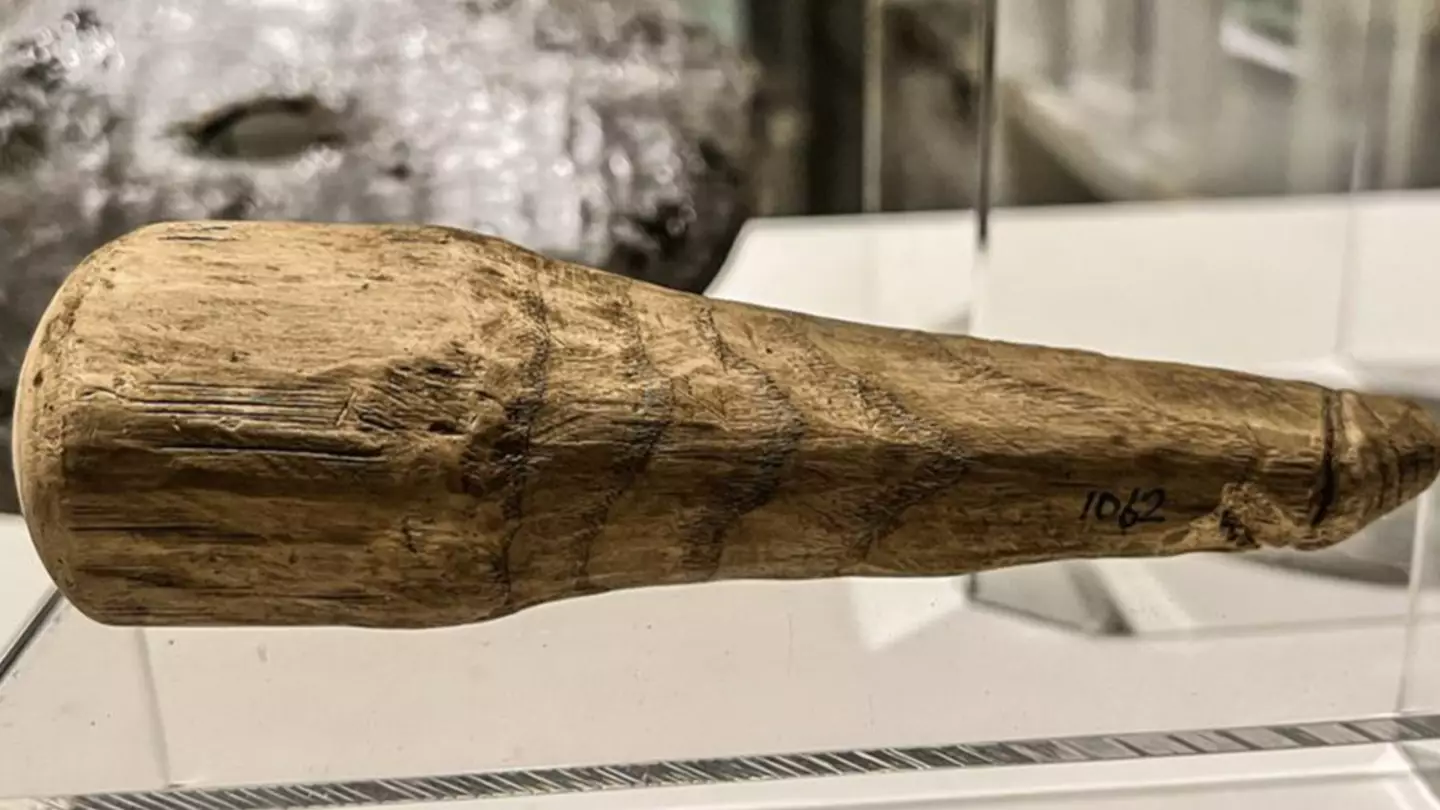Imagine discovering a 2,000-year-old object that may just cause a historical blush! Society evolves dramatically over the years, but some aspects remain surprisingly consistent. Contrary to the belief that ancient civilizations were more conservative, they might have been just as adventurous in their personal lives as some are today.
A fascinating study published in February last year in the journal Antiquity delved into this topic. Researchers revisited a collection of artifacts unearthed in 1992, which included a curious penis-shaped piece of wood. The study highlighted, “Stone and metal phalli are known from across the Roman world, but the Vindolanda example is the first wooden phallus to be recognized.”

The artifact, almost seven inches long, was discovered in a ditch near the remains of the Roman Fort at Vindolanda. While it had been initially thought to be a sewing tool found among shoes and small items, the narrative doesn’t end there. It could also have been a talisman used to ward off evil.
The interesting part? Using a dildo as both a sexual aid and a good luck charm might not have been unusual for people within the Roman empire. Now that’s a multifunctional tool! An analysis by scholars from Newcastle University and University College Dublin confirmed its uniqueness as the first known example of a wooden phallus in the Roman world.

Rob Collins, a co-author of the study and an archaeologist from Newcastle University, shared his insights. “The size of the phallus and the fact that it was carved from wood raises a number of questions about its use in antiquity,” he said. While it’s tempting to speculate on its specific uses, Collins noted the challenge in pinpointing the exact purpose, as opposed to other phallic objects with clearly symbolic functions.
“We know that the ancient Romans and Greeks used sexual implements – this object from Vindolanda could be an example of one,” Collins added.
Currently, this intriguing piece is on display at the museum at Vindolanda in England, serving as a testament to the unexpectedly complex sexual and cultural practices of our ancestors.

